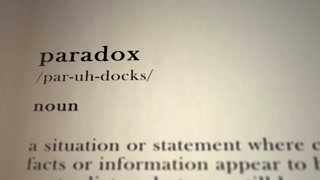In Parts One and Two of this series, we talked about why every nonprofit needs a great Case for Support and how to create it. In this third and final installment we’ll discuss when and how to utilize this tool for campaign success.
Once you’ve got a great Case for Support, use it!
- Share it when interviewing community members as part of your campaign feasibility study.
- Present it when sitting with prospective donors.
- Embed the Case for Support into your organization’s website.
- Share a link to it from your organization’s Facebook page.
- Once the campaign goes public, include key elements of it in media kits to local media outlets.
A great Case for Support can serve as a highly efficient tool with the potential to catapult your team towards campaign success. It can open doors to conversations that will ultimately lead to major gifts for your project. With a great Case for Support, you’ve got a reason to call and get appointments with donors. You have something worth sharing. You’ve got a document with:
- Well-researched data on community needs.
- Input from community leaders.
- Project photos & client testimonies.
Even veteran major gift fundraisers would say that the most difficult part of making “The Ask” (or indeed the many asks needed for campaign success) is securing the appointments it takes to build relationships to a point where significant asks are appropriate. Getting appointments is now as simple as calling to ask for the donors’ input on the Case for Support.
By seeking the donors’ input on your Case for Support, you are involving them at a level that allows them to feel personally invested in your campaign. They may even begin to take ownership in helping to advocate for the project on your behalf. While you may or may not be able to edit the Case for Support once it’s completed, donors’ input can help shape your discussions going forward as you share the document with others.
Everyone has their own unique style of donor cultivation, but unless the conversation naturally brings me to a place where referring to something in the Case for Support is fitting, my preference is to wait until the end of a visit to share the document. The Case for Support is something that the donor will likely study at home or in their office while considering a significant gift.
Remember to always follow-up, and ask for their feedback.
Before using this tool in making “The Ask” with a prospective donor, the donor must already be very well acquainted with your project from your conversations with them in previous visits. In building a relationship with that donor, you’ve already determined that your project is a match for the donor’s personal interests and philanthropic intent as you’ve asked the right questions along the way. Once you’ve reached that point and have secured “The Appointment,” you can refer to the gift opportunities chart within the Case for Support when discussing which piece of the campaign you’re inviting them to invest in.
As you have seen, the Case for Support can have a major transformative effect on your organization and, by extension, your community. The potential of this tool cannot be overstated and as such should be a priority for any non-profit organization. We have shown you the power that it can have in donor relations, we have helped you to formulate your own Case for support to help promote your organization, and we have told you when it can and should be used to greatest effect.
Now that your organization has its own Case for support, your board, staff, community leaders and donors are better equipped to help make your campaign dream a reality.
Diana Turner, GPC
Principal, Smith Turner Consulting
smithturnerconsulting.com
Affiliate with The Bridge





